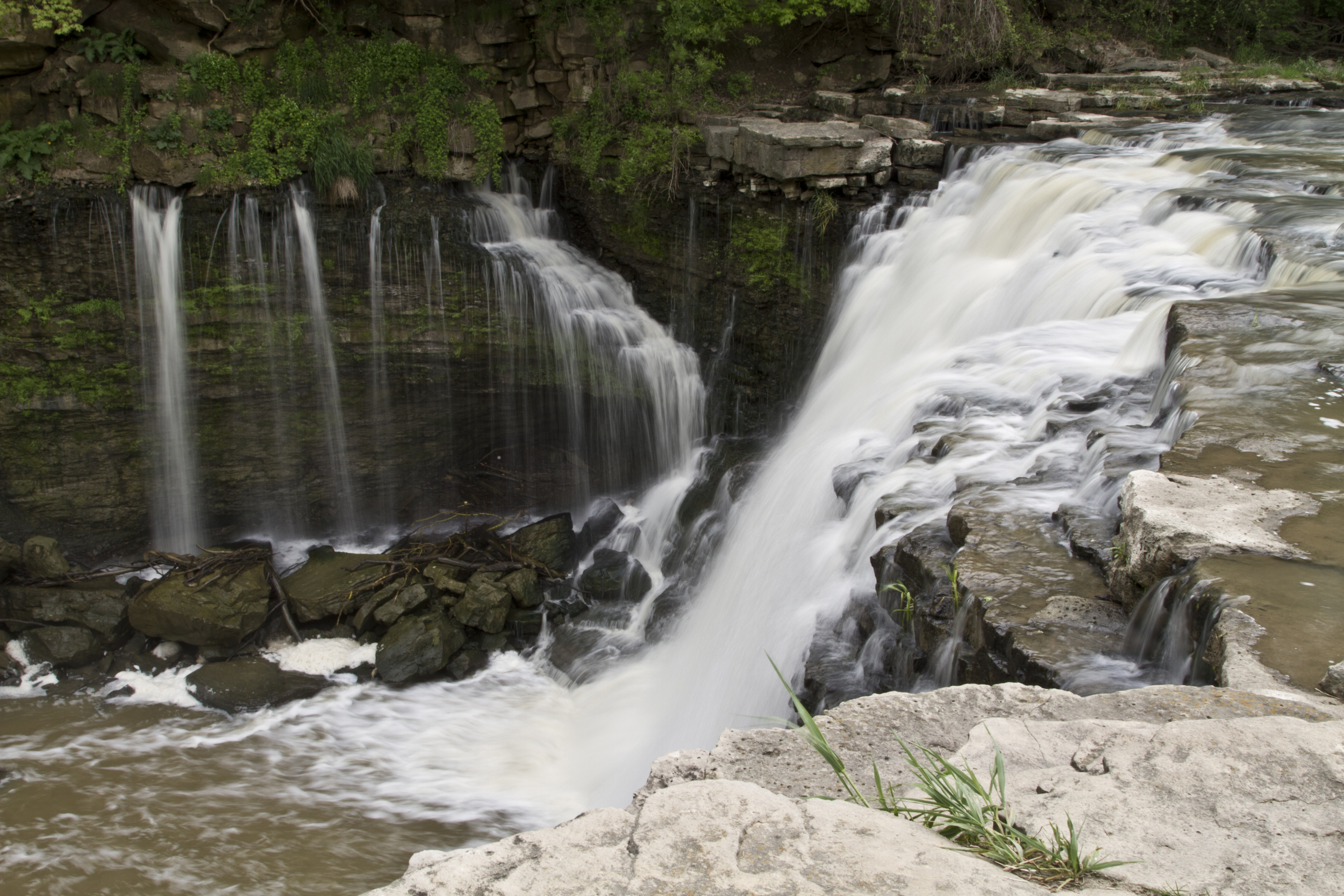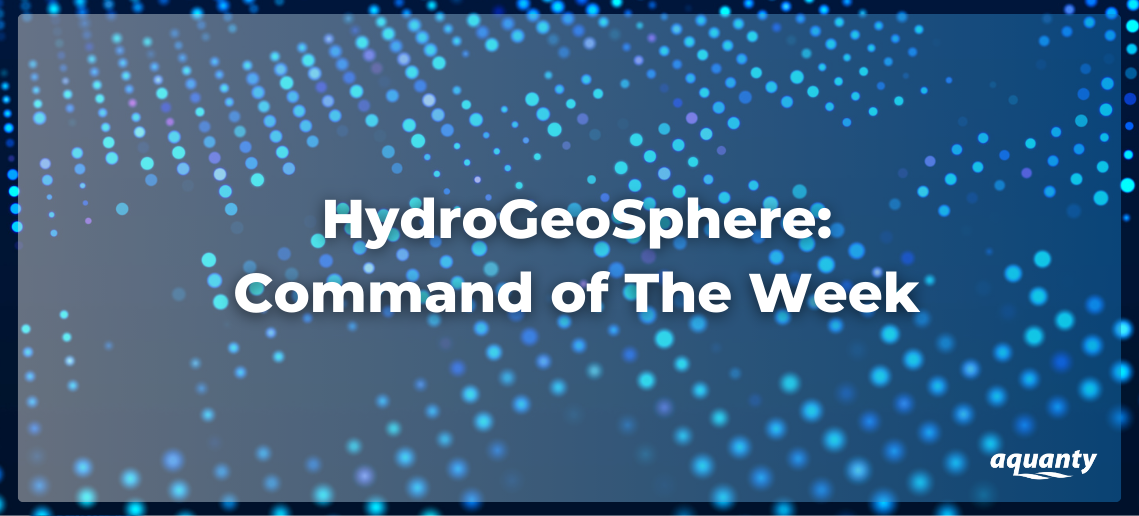

Minimum Layer Thickness (with fixed top elevation) Commands
This post describes how to use the minimum layer thickness and minimum layer thickness with fixed top elevation commands to enforce nodal elevation rules when building your model mesh or grid. These commands help prevent pinchouts, which occur when nodes in upper layers have lower elevations than those in layers beneath them—a common issue when working with large surface data files in complex geological systems.

Assigning Property Zones using Shapefile Data
This post describes how to use the zones from arcview for chosen elements command to define property zones using shapefile (.shp) data. This method is particularly useful for projects involving spatially distributed properties in both the porous media and surface domains.

Compute Post Simulation Average
This week, we're highlighting a newly added command: compute post simulation average. This command was designed to simplify coupling PEST (Parameter Estimation) with HydroGeoSphere (HGS) by extracting average values of simulated quantities over a specified time interval and storing them in a file that PEST can easily read.

Skip on/off/rest
This post highlights three grok utility commands that are useful for building and debugging your grok file. These commands are particularly beneficial when you want to skip over certain sections of the code that aren’t necessary for execution during a specific run.

Speeding up HGS models using “unsaturated tables”
This post describes how unsaturated tables can be used to speed up model runs. Unsaturated tables refer to the Pressure-Saturation and Saturation-Relative Permeability tables that can be generated from van Genuchten parameters in an MPROPS file when running grok.exe. Conceptually, these tables replace the need for on-the-fly calculations of unsaturated properties during simulation, improving computational efficiency.

Starting a model with previously a generated head field
This post describes how to use two methods for setting initial head conditions from previous simulations. The first method, Initial head from output file, assigns an initial head value to all nodes in the current domain by reading it from a previously generated output file. This method is particularly useful when you want to avoid starting a simulation from scratch after a crash or when using results from a prior simulation to initialize a transient model. The second method, Restart file for heads, uses the prefixo.hen file, which contains the head for all nodes across all domains after a simulation’s successful completion. This allows the model to restart from the exact conditions saved in the file.

Target Times
This week, we’re highlighting two commands that allow for greater flexibility in defining target times during your HydroGeoSphere simulations: target times and generate target times.

Output Peclet Number
This post highlights a key tool for evaluating solute transport and density-dependent flow models: the output peclet number command. When building these models, a common approach is to first establish a steady-state flow solution, then validate transport using flow outputs as initial conditions, and finally introduce density dependence if needed.
